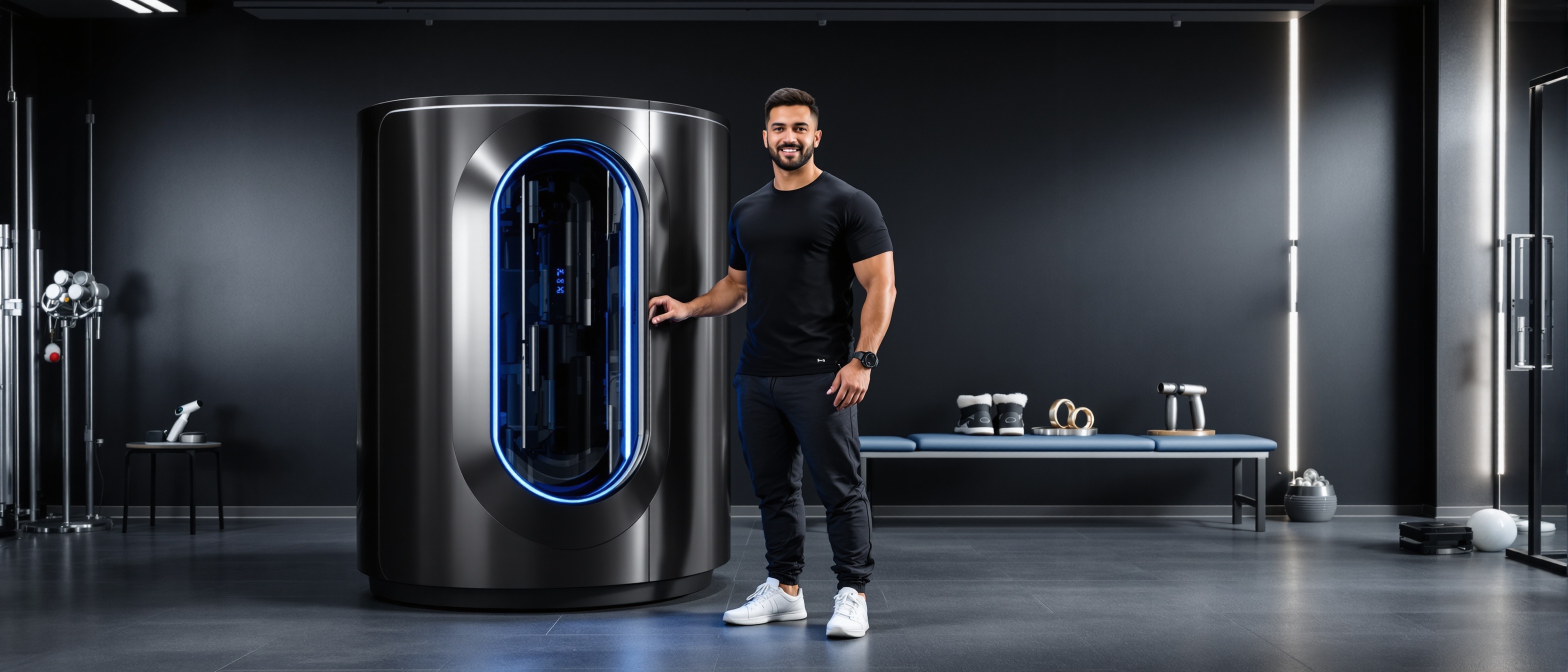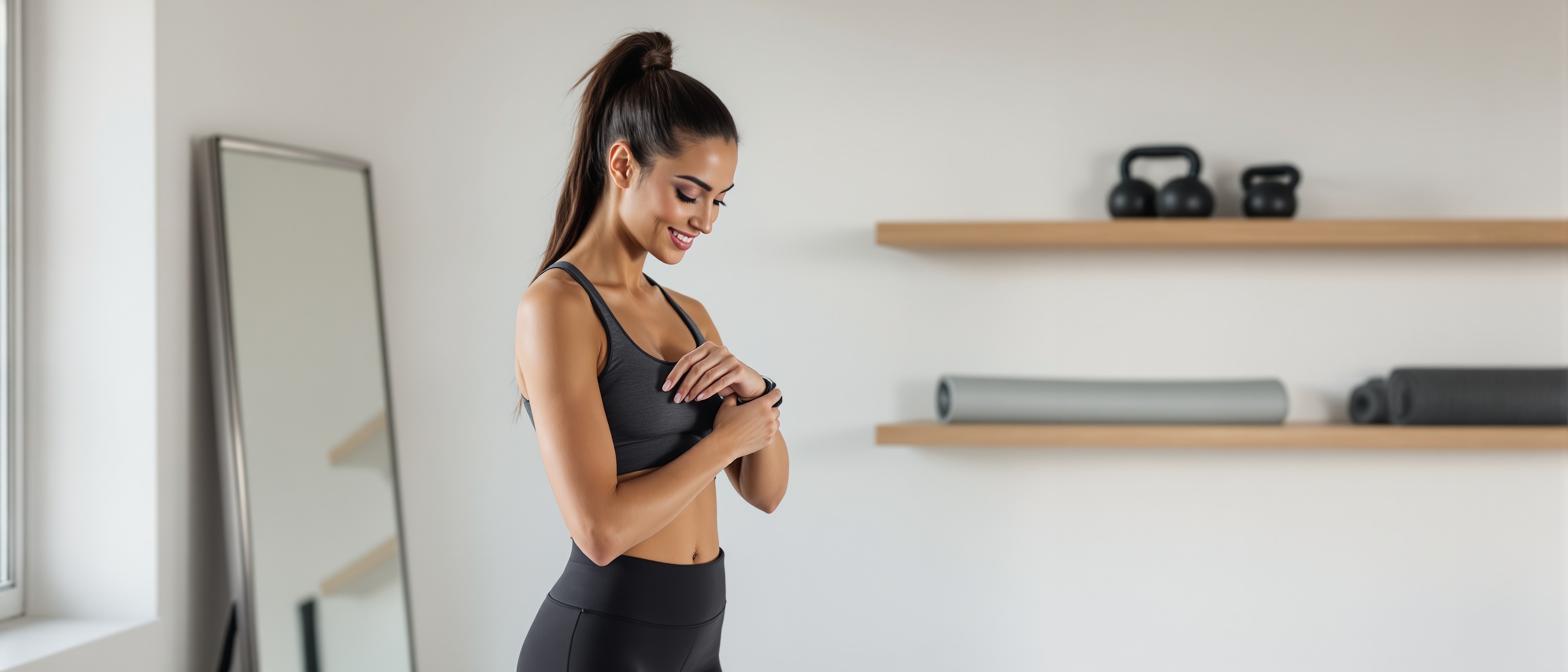The Recovery Mistakes Sabotaging Your Gains
Your legs feel like concrete after leg day. Your shoulders scream after that new CrossFit class. So you do what everyone does: ice bath, stretch it out, pop some protein powder, maybe grab some BCAAs. Problem is, half of what you think you know about recovery might actually be slowing you down.
Searches for "workout recovery myths" have jumped 340% this year, and for good reason. New research is flipping decades of conventional wisdom on its head. That R.I.C.E. protocol your high school coach swore by? Sports scientists are calling it outdated. Those expensive recovery supplements? Most don't do what the label promises.
Here's what's really happening in your muscles post-workout—and why the recovery advice you've been following might be working against you.
Overview: The Science of Recovery
First, let's kill the biggest myth right now: recovery isn't about eliminating inflammation. It's about managing it.
When you lift, sprint, or push your body hard, you create microscopic tears in muscle fibers. This triggers inflammation—your body's repair crew rushing to the scene. The goal isn't to shut down this process; it's to optimize it.
Think of inflammation like a construction site. You don't want to fire the workers (that's your natural healing response). You want to give them the right tools and timing to rebuild stronger.
But here's where most people get it wrong…
Popular Recovery Protocols Explained
Walk into any gym and you'll see the same recovery rituals playing out:
The R.I.C.E. Devotee: Immediately icing every sore muscle, elevating legs, wrapping everything in compression gear.
The Stretch Evangelist: Holding static stretches for 10+ minutes post-workout, convinced longer equals better.
The Supplement Stacker: Downing recovery shakes with 15 different ingredients, each promising faster gains.
The Mobility Obsessive: Spending more time on foam rollers than actual training.
Sounds familiar? Here's the thing—some of these work. Others might actually be sabotaging your progress.
Myths vs. Evidence: What Really Works
The R.I.C.E. Reality Check
Let's start with the big one. R.I.C.E. (Rest, Ice, Compression, Elevation) has been gospel since the 1970s. But recent research is rewriting the playbook.
A 2023 review in Sports Medicine found that prolonged icing can actually delay healing by reducing the inflammatory response your body needs for repair. The very thing we thought was helping might be hitting the brakes on recovery.
The twist: Ice still has a place—but only in the first few hours after acute injury to prevent secondary tissue damage. For regular post-workout soreness? You're probably better off skipping the ice bath.
What works instead: Light movement and heat therapy. Your muscles recover faster when blood keeps flowing, not when you freeze them into submission.
The Stretching Trap
Static stretching after workouts feels productive. You're "lengthening" tight muscles, right?
Not exactly. Research shows that long static stretches (over 60 seconds) can temporarily reduce muscle strength and power. If you're stretching immediately post-workout, you might be impairing the very adaptations you just worked for.
But here's the catch: Some stretching helps. Dynamic movement and shorter holds (15-30 seconds) can improve blood flow without the performance penalty.
The real kicker: That tight feeling isn't always muscle length. It's often just fatigue and inflammation. Time and gentle movement beat aggressive stretching every time.
The Supplement Circus
The recovery supplement market is worth $13 billion, and it's built on hope more than evidence.
BCAAs: The darling of gym bags everywhere. Problem? If you're eating adequate protein, you're already getting all the branched-chain amino acids you need. A 2022 systematic review found no additional recovery benefits from BCAA supplements in people consuming normal amounts of complete protein.
Glutamine: Another "must-have" that's mostly marketing. Your body produces plenty naturally, and supplementation shows minimal benefits for healthy, well-fed athletes.
What actually works: Basic protein (20-25g within 2 hours post-workout), creatine monohydrate, and adequate carbohydrates. Boring? Yes. Effective? Absolutely.
The Mobility Maze
Foam rolling and mobility work can feel amazing, but are you getting actual recovery benefits or just temporary relief?
The evidence is mixed. Foam rolling may help reduce perceived muscle soreness, but it doesn't significantly impact objective measures of recovery like strength or power output. Think of it as a massage—feels good, might help you relax, but it's not magic.
The reality: If mobility work makes you feel better and more likely to train consistently, do it. Just don't expect it to dramatically speed up your physical recovery.
Creating a Personalized Recovery Plan
Here's where we get practical. Your recovery plan should be as individual as your training, but built on what actually works:
The Non-Negotiables:
- Sleep 7-9 hours (this is where 80% of your recovery happens)
- Eat adequate protein (0.8-1g per pound of body weight)
- Stay hydrated (boring but crucial)
- Move gently the day after hard training (walks, light yoga, easy bike rides)
The Maybe's:
- Foam rolling if it helps you feel better
- Sauna or heat therapy (some promising research here)
- Light stretching if it improves your mood and sleep
The Skip-It's:
- Ice baths for regular training soreness
- Expensive supplement stacks
- Aggressive stretching immediately post-workout
- Complete rest days (unless you're actually injured)
Here's the bottom line: your body is incredibly good at recovering when you don't interfere with its natural processes.
TL;DR: • R.I.C.E. might delay recovery for routine training soreness—save ice for actual injuries • Long static stretches post-workout can temporarily reduce strength • Most recovery supplements are overpriced—focus on basic protein and sleep • Gentle movement beats complete rest for faster recovery • Your inflammation response is trying to help you—don't shut it down completely
The biggest recovery hack isn't a protocol or product. It's trusting your body's repair systems and giving them what they actually need: time, fuel, and smart movement. Everything else is just expensive noise.
Stop fighting your recovery. Start supporting it.
Sources
https://www.menshealth.com/fitness/a62629358/ai-personal-training-fitness/
https://www.jmir.org/2025/1/e54489
``````





